David Copperfield (1935 film)
7.6 /10 1 Votes7.6
Duration Country United States | 7.6/10 IMDb Genre Adventure, Drama, Romance Budget 1.073 million USD Language English | |||||||||||||||||||||||||||||||||
 | ||||||||||||||||||||||||||||||||||
Release date January 18, 1935 (1935-01-18) Initial release January 18, 1935 (New York City) Cast (David - the Child), (David - the Man), (Aunt Betsey), (Mr. Murdstone), W.C. Fields (Micawber), (Dan Peggotty)Similar movies Survivor , Slumdog Millionaire , Hugo , The Jungle Book 2 , Annie , Salt Tagline 1935's most beloved motion picture! | ||||||||||||||||||||||||||||||||||
David copperfield 1935 official trailer freddie bartholomew frank lawton movie hd
David Copperfield is a 1935 American film released by Metro-Goldwyn-Mayer based upon the Charles Dickens novel The Personal History, Adventures, Experience, & Observation of David Copperfield the Younger. A number of characters and incidents from the novel were omitted – notably David's time at Salem House boarding school, although one character he met at Salem House (Steerforth) was retained for the film as a head boy at the school David attended after his aunt Betsey Trotwood gained custody of him.
Contents
- David copperfield 1935 official trailer freddie bartholomew frank lawton movie hd
- W c fields in david copperfield 1935 now and forever
- Production
- Cast
- Reception
- Box Office
- References
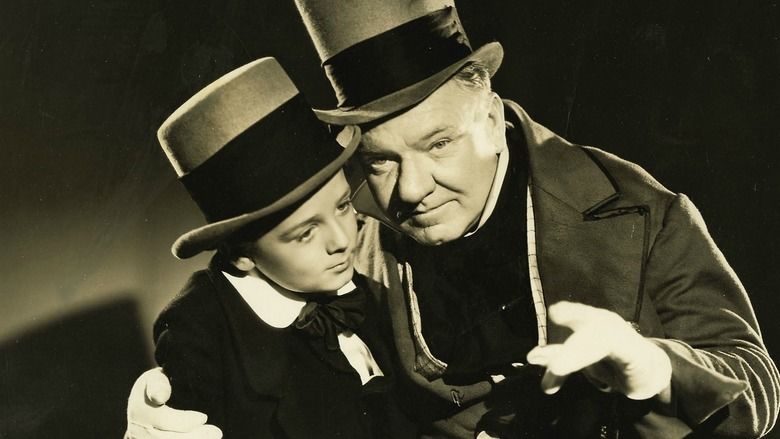
The story was adapted by Hugh Walpole from the Dickens novel, and the film was directed by George Cukor from a screenplay by Howard Estabrook and Lenore J. Coffee, who was not credited.
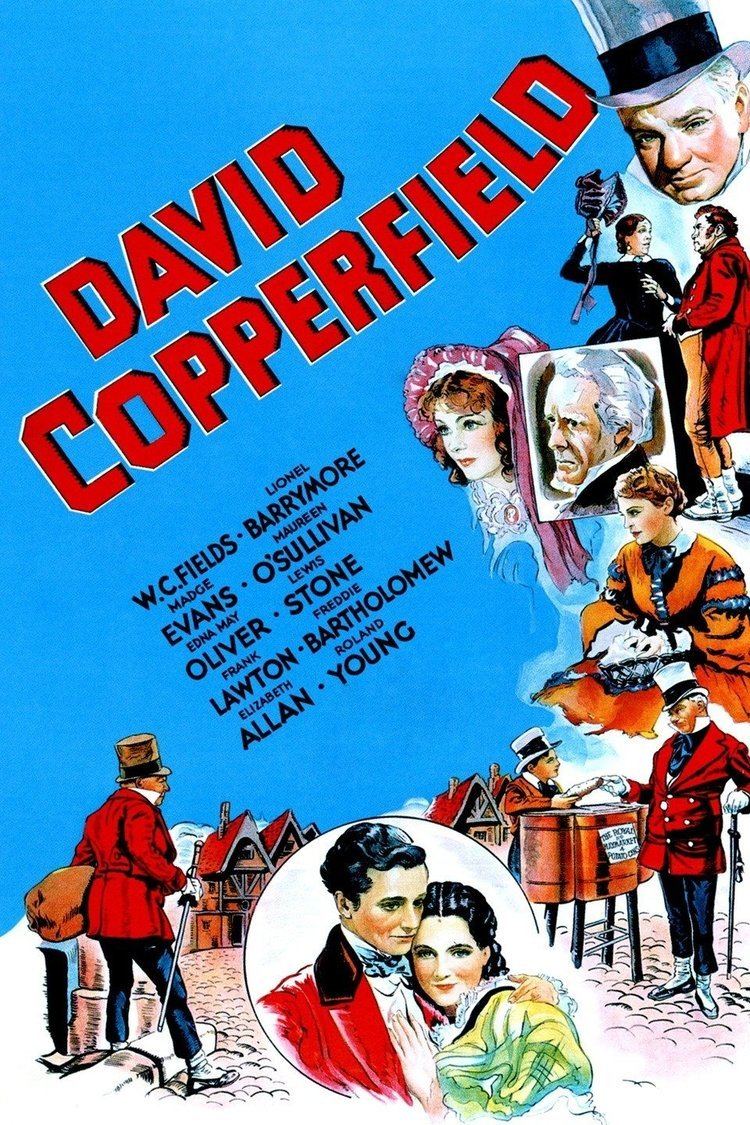
W c fields in david copperfield 1935 now and forever
Production
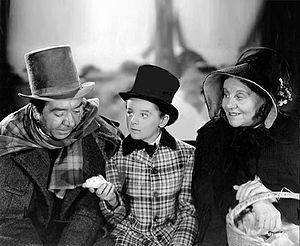
David O. Selznick dearly wanted to film David Copperfield, as his Russian father Lewis J. Selznick had learned English through it, and read it to his sons every night. After failing to dissuade Selznick from the project, Louis B. Mayer, his father-in-law and employer, agreed that MGM would underwrite the production provided his star child contract actor, Jackie Cooper, was cast in the role of the young David. Selznick fought to remain true to the novel's origins and prevailed, and the role went to Freddie Bartholomew after an extensive talent search in Canada and Great Britain by Selznick and George Cukor.
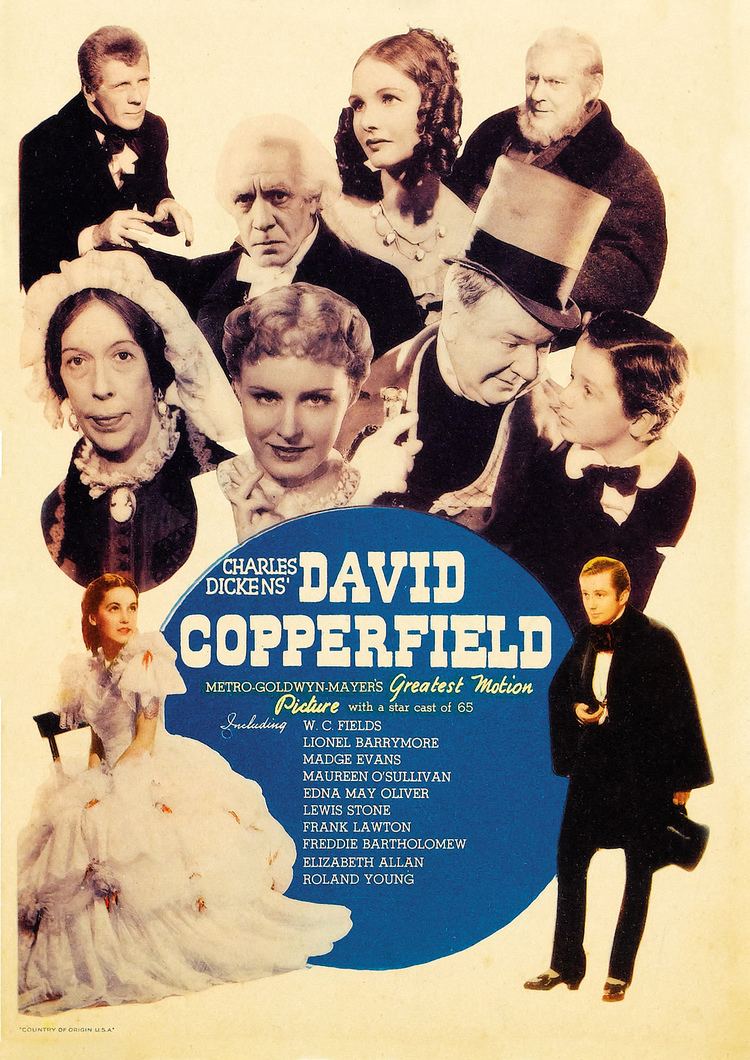
Cedric Gibbons designed a recreation of 19th century London on the MGM backlot. The scenes set outside Aunt Betsey's house atop the white cliffs of Dover were filmed at Malibu. MGM even filmed the exterior of Canterbury Cathedral, which only appears in the film for less than a minute. Special effects, including many matte shots, were by Slavko Vorkapić.

Charles Laughton was originally cast in the role of Mr. Micawber, and was authentically made-up with a bald cap, since Dickens describes the character as hairless. After two days of work, he disliked his performance in the dailies and asked to be replaced. It was said at the time that "he looked as though he were about to molest the child."
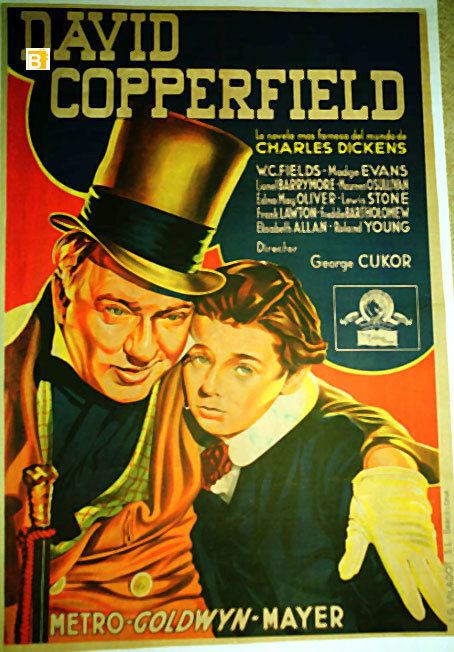
Selznick released Laughton who, in turn, recommended comedian and Dickens scholar W. C. Fields for the part. A clause in Fields' contract stated that he had to play the part with a British accent, but as he had difficulty learning the lines he had to read off cue cards and thus speaks in his own accent in the role. His defense: "My father was an Englishman and I inherited this accent from him! Are you trying to go against nature?!" This is the only film where Fields does not ad lib, and he plays the character in a straightforward manner (although he did want to add a juggling sequence; when this was denied, an anecdote about snakes, which was also denied). Director George Cukor said that when Fields did make a suggestion for a visual bit, such as accidentally dipping his quill in a teacup instead of an inkwell, it was always within the parameters of the character. The result was one of the finest performances of that year.
Cast
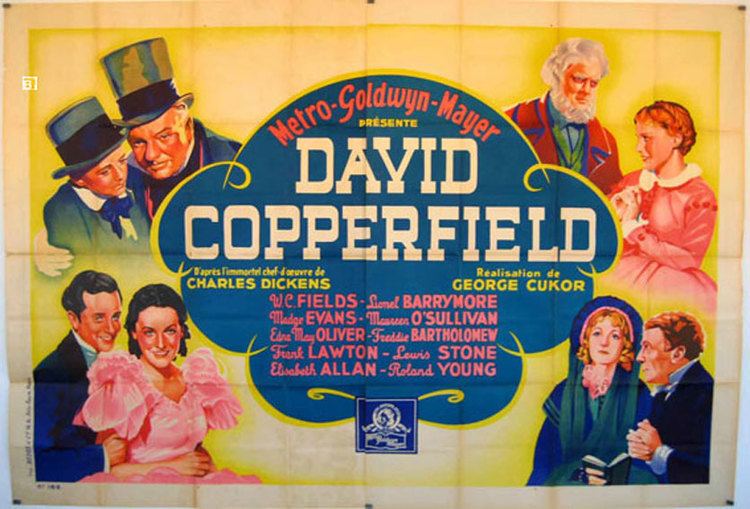
(in order of appearance)
Cast notes:
Reception
The film was well-received upon its release in January 1935. Andre Sennwald of The New York Times called it "the most profoundly satisfying screen manipulation of a great novel the camera has ever given us." Variety wrote that it had "one of the most evenly good casts ever to have been assembled", with staging and costumes that were "almost always excellent." John Mosher of The New Yorker found the first half of the film "one of the superb things of the movies" and the second half more conventional, though "all of it is good." Mosher also praised the casting and opined that Freddie Bartholemew put on "one of the prettiest performances ever given on the screen by a youngster." David Copperfield topped the Film Daily year-end poll of 451 critics around the country as the best film of 1935.
David Copperfield was nominated for three Academy Awards, including Academy Award for Best Picture (losing out to Mutiny on the Bounty), Best Film Editing (Robert J. Kern), and Best Assistant Director (Joseph M. Newman), and was nominated for the Mussolini Cup for Best Foreign Film at the Venice Film Festival (losing out to Anna Karenina).
Box Office
According to MGM records the film earned $2,969,000 at the box office worldwide and made a profit of $686,000.
It was the 20th most popular film at the British box office in 1935-36, after Modern Times, Lives of a Bengal Lancer, Mutiny on the Bounty, Top Hat, The Great Ziegfeld, The Scarlet Pimpernel, Mr Deeds Goes to Town, Show Boat, Iron Duke, Love Me Forever, Sanders of the River, Dark Angel, The Ghost Goes West, Follow the Fleet, Swing Time, Things to Come, The 39 Steps, Clive of India, and Escape Me Never
There were several notable differences in the film from the book. For instance, in the film David never attends Salem House boarding school, and so the characters he met there do not appear, with the exception of Steerforth, who instead made his appearance as head boy of David's school he attended after going to live with Betsey Trotwood.
It is still shown in many countries on television at Christmas. It is rated with four out of four stars every year in Halliwell's Film Guide.
This was selected by The New York Times as one of the 1000 greatest movies ever made.
In another significant film, Gone with the Wind, which was also produced by Selznick, Melanie Wilkes (Olivia de Havilland) reads aloud from the novel David Copperfield while she waits for the vigilantes to come home from the raid. In Margaret Mitchell's novel, Melanie actually read Les Misérables at this point.
References
David Copperfield (1935 film) WikipediaPersonal History, Adventures, Experience, and Observation of David Copperfield the Younger IMDbDavid Copperfield (1935 film) themoviedb.org
